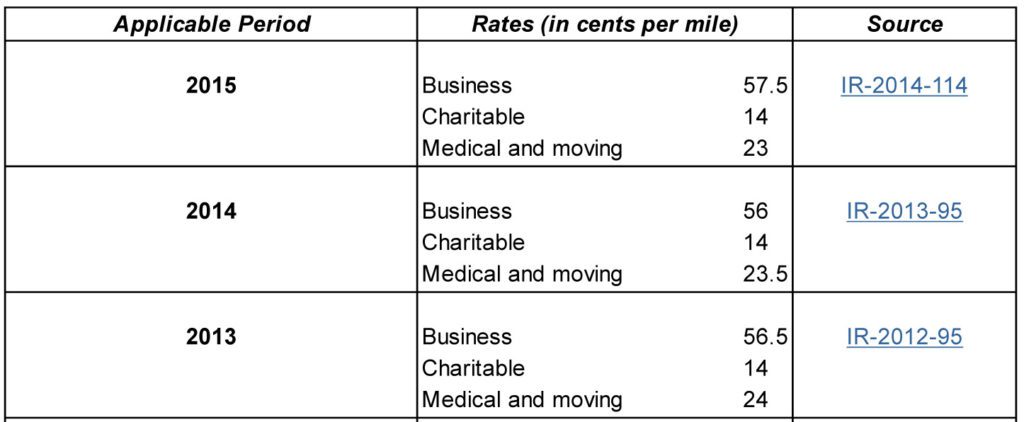Congress recently passed—and the President signed into law—the SECURE Act, landmark legislation that affects the rules for creating and maintaining employer-provided retirement plans. Whether you currently offer your employees a retirement plan, or are planning to do so, you should consider how these new rules may affect your current retirement plan (or your decision to create a new one).
Here is a look at some of the more important elements of the SECURE Act that have an impact on employer-sponsors of retirement plans. The changes in the law apply to both large employers and small employers, but some of the changes are especially beneficial to small employers. However, not all of the changes are favorable, and there may be steps you could take to minimize their impact. Please give me a call if you would like to discuss these matters.
It is easier for unrelated employers to band together to create a single retirement plan. A multiple employer plan (MEP) is a single plan maintained by two or more unrelated employers. Starting in 2021, the new rules reduce the barriers to creating and maintaining MEPs, which will help increase opportunities for small employers to band together to obtain more favorable investment results, while allowing for more efficient and less expensive management services.
New small employer automatic plan enrollment credit. Automatic enrollment is shown to increase employee participation and retirement savings. Starting in 2020, the new rules create a new tax credit of up to $500 per year to employers to defray start-up costs for new 401(k) plans and SIMPLE IRA plans that include automatic enrollment. The credit is in addition to an existing plan start-up credit, and is available for three years. The new credit is also available to employers who convert an existing plan to a plan with an automatic enrollment design.
Increased credit for small employer pension plan start-up costs. The new rules increase the credit for plan start-up costs to make it more affordable for small businesses to set up retirement plans. Starting in 2020, the credit is increased by changing the calculation of the flat dollar amount limit on the credit to the greater of
- $500, or
- The lesser of:
- $250 multiplied by the number of nonhighly compensated employees of the eligible employer who are eligible to participate in the plan, or
- $5,000.
The credit applies for up to three years.
Expand retirement savings by increasing the auto enrollment safe harbor cap. An annual nondiscrimination test called the actual deferral percentage (ADP) test applies to elective deferrals under a 401(k) plan. The ADP test is deemed to be satisfied if a 401(k) plan includes certain minimum matching or non-elective contributions under either of two safe harbor plan designs and meets certain other requirements. One of the safe harbor plans is an automatic enrollment safe harbor plan.
Starting in 2020, the new rules increase the cap on the default rate under an automatic enrollment safe harbor plan from 10% to 15%, but only for years after the participant’s first deemed election year. For the participant’s first deemed election year, the cap on the default rate is 10%.
Allow long-term part-time employees to participate in 401(k) plans. Currently, employers are generally allowed to exclude part-time employees (i.e., employees who work less than 1,000 hours per year) when providing certain types of retirement plans—like a 401(k) plan—to their employees. As women are more likely than men to work part-time, these rules can be especially harmful for women in preparing for retirement.
However, starting in 2021, the new rules will require most employers maintaining a 401(k) plan to have a dual eligibility requirement under which an employee must complete either a one-year-of-service requirement (with the 1,000-hour rule), or three consecutive years of service where the employee completes at least 500 hours of service per year. For employees who are eligible solely by reason of the new 500-hour rule, the employer will be allowed to exclude those employees from testing under the nondiscrimination and coverage rules, and from the application of the top-heavy rules.
Looser notice requirements and amendment timing rules to facilitate adoption of nonelective contribution 401(k) safe harbor plans. The actual deferral percentage nondiscrimination test is deemed to be satisfied if a 401(k) plan includes certain minimum matching or nonelective contributions under either of two plan designs (referred to as a “401(k) safe harbor plan”), as well as certain required rights and features, and satisfies a notice requirement. Under one type of 401(k) safe harbor plan, the plan either
- Satisfies a matching contribution requirement, or
- Provides for a nonelective contribution to a defined contribution plan of at least 3% of an employee’s compensation on behalf of each nonhighly compensated employee who is eligible to participate in the plan.
For plan years beginning after Dec. 31, 2019, the new rules change the nonelective contribution 401(k) safe harbor to provide greater flexibility, improve employee protection, and facilitate plan adoption. The new rules eliminate the safe harbor notice requirement, but maintain the requirement to allow employees to make or change an election at least once per year. The rules also permit amendments to nonelective status at any time before the 30th day before the close of the plan year. Amendments after that time are allowed if the amendment provides
- A nonelective contribution of at least 4% of compensation (rather than at least 3%) for all eligible employees for that plan year, and
- The plan is amended no later than the last day for distributing excess contributions for the plan year (i.e., by the close of following plan year).
Expanded portability of lifetime income options. Starting in 2020, the new rules permit certain retirement plans to make a direct trustee-to-trustee transfer to another employer-sponsored retirement plan, or IRA, of a lifetime income investment or distributions of a lifetime income investment in the form of a qualified plan distribution annuity, if a lifetime income investment is no longer authorized to be held as an investment option under the plan. This change permits participants to preserve their lifetime income investments and avoid surrender charges and fees.
Qualified employer plans barred from making loans through credit cards and similar arrangements. For loans made after Dec. 20, 2019, plan loans may no longer be distributed through credit cards or similar arrangements. This change is intended to ensure that plan loans are not used for routine or small purchases, thereby helping to preserve retirement savings.
Nondiscrimination rules modified to protect older, longer service participants in closed plans. Starting in 2020, the nondiscrimination rules as they pertain to closed pension plans (i.e., plans closed to new entrants) are being changed to permit existing participants to continue to accrue benefits. The modification will protect the benefits for older, longer-service employees as they near retirement.
Plans adopted by filing due date for year may be treated as in effect as of close of year. Starting in 2020, employers can elect to treat qualified retirement plans adopted after the close of a tax year, but before the due date (including extensions) of the tax return, as having been adopted as of the last day of the year. The additional time to establish a plan provides flexibility for employers who are considering adopting a plan, and the opportunity for employees to receive contributions for that earlier year.
New annual disclosures required for estimated lifetime income streams. The new rules (starting at a to-be-determined future date) will require that plan participants’ benefit statements include a lifetime income disclosure at least once during any 12-month period. The disclosure will have to illustrate the monthly payments the participant would receive if the total account balance were used to provide lifetime income streams, including a qualified joint and survivor annuity for the participant and the participant s surviving spouse and a single life annuity.
Fiduciary safe harbor added for selection of annuity providers. When a plan sponsor selects an annuity provider for the plan, the sponsor is considered a plan “fiduciary,” which generally means that the sponsor must discharge his or her duties with respect to the plan solely in the interests of plan participants and beneficiaries (this is known as the “prudence requirement”).
Starting on Dec. 20, 2019 (the date the SECURE Act was signed into law), fiduciaries have an optional safe harbor to satisfy the prudence requirement in their selection of an insurer for a guaranteed retirement income contract, and are protected from liability for any losses that may result to participants or beneficiaries due to an insurer’s future inability to satisfy its financial obligations under the terms of the contract. Removing ambiguity about the applicable fiduciary standard eliminates a roadblock to offering lifetime income benefit options under a plan.
Increased penalties for failure-to-file retirement plan returns. Starting in 2020, the new rules modify the failure-to-file penalties for retirement plan returns.
The penalty for failing to file a Form 5500 (for annual plan reporting) is changed to $250 per day, not to exceed $150,000.
A taxpayer’s failure to file a registration statement incurs a penalty of $10 per participant per day, not to exceed $50,000.
The failure to file a required notification of change results in a penalty of $10 per day, not to exceed $10,000.
The failure to provide a required withholding notice results in a penalty of $100 for each failure, not to exceed $50,000 for all failures during any calendar year.


